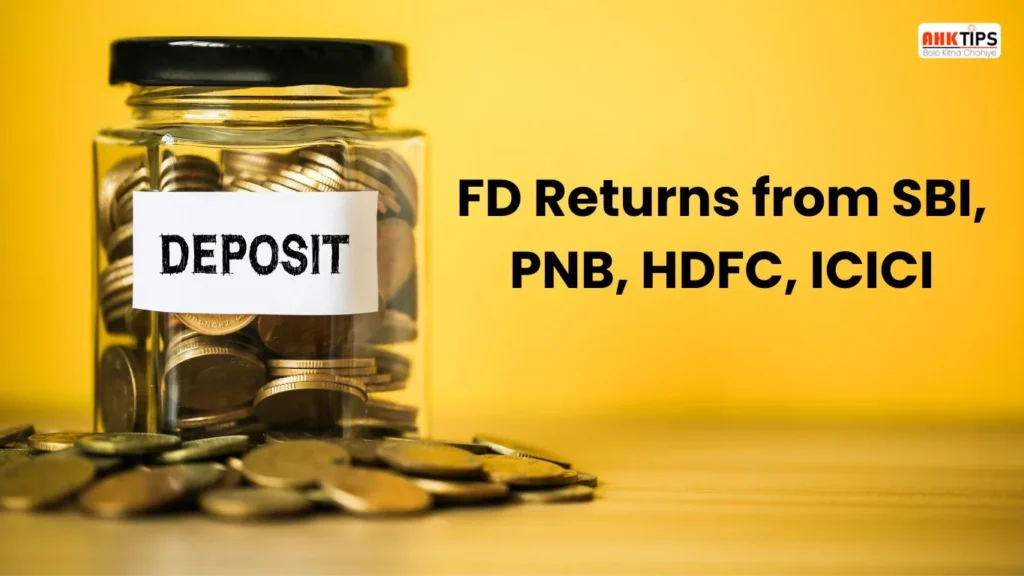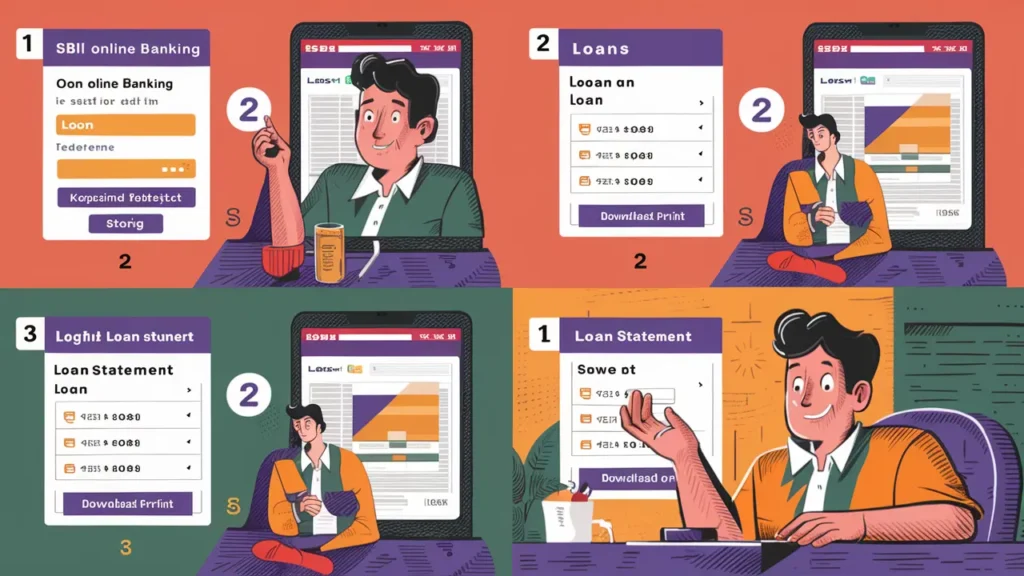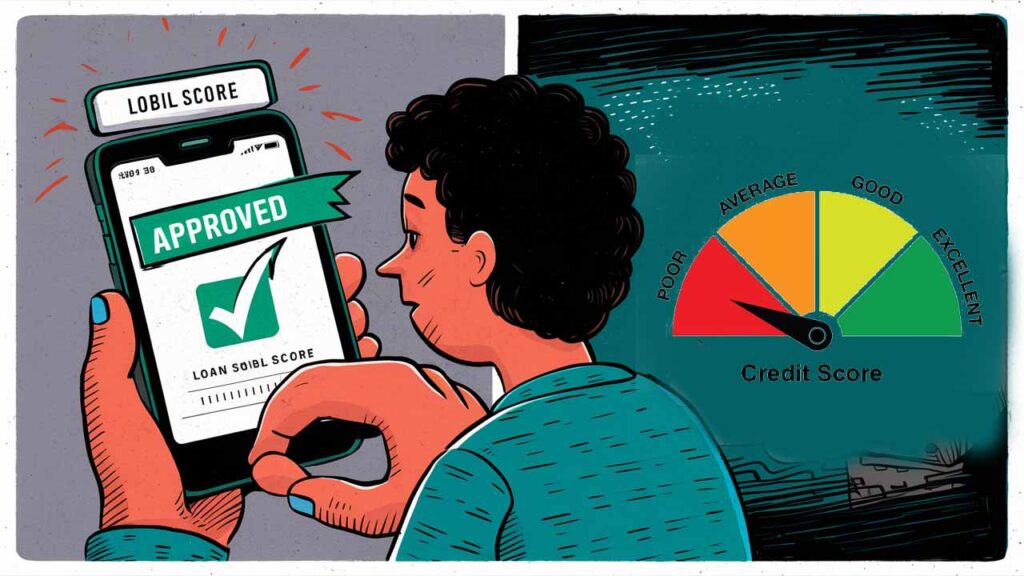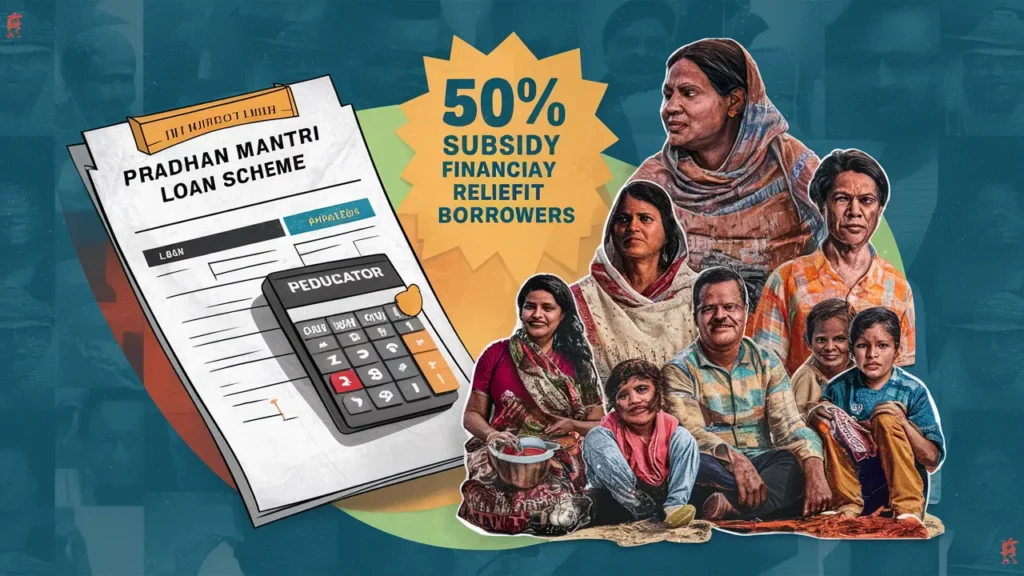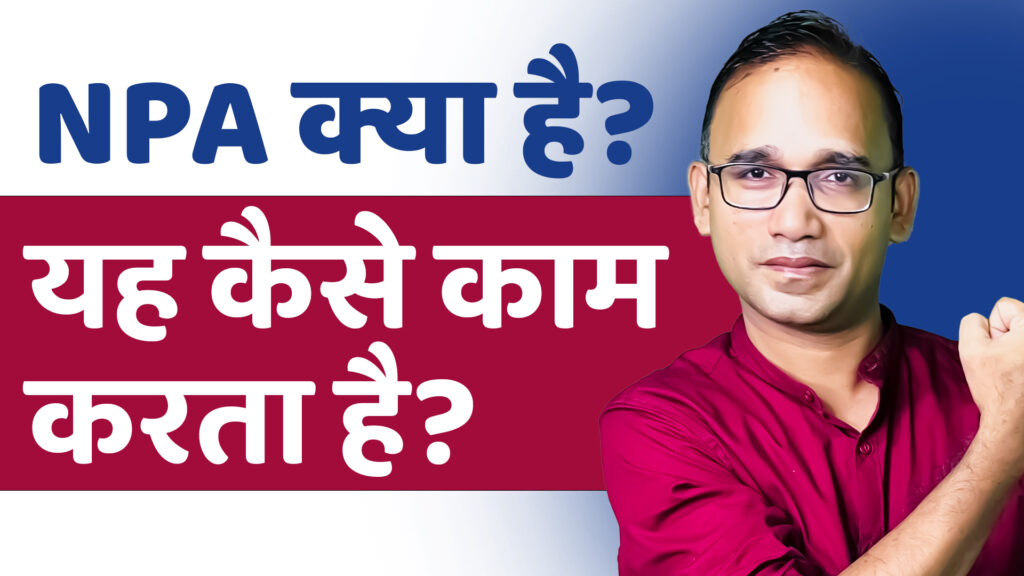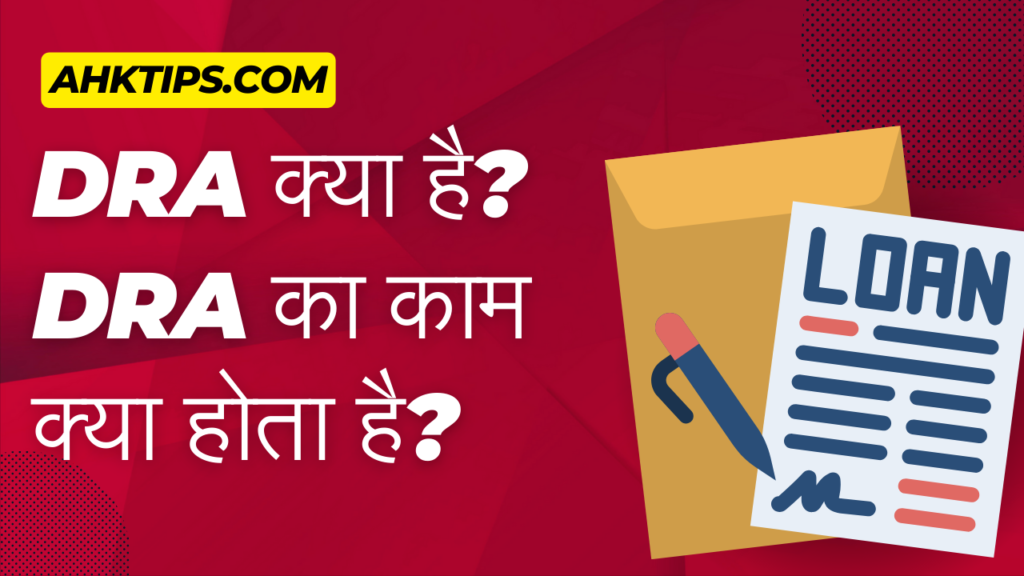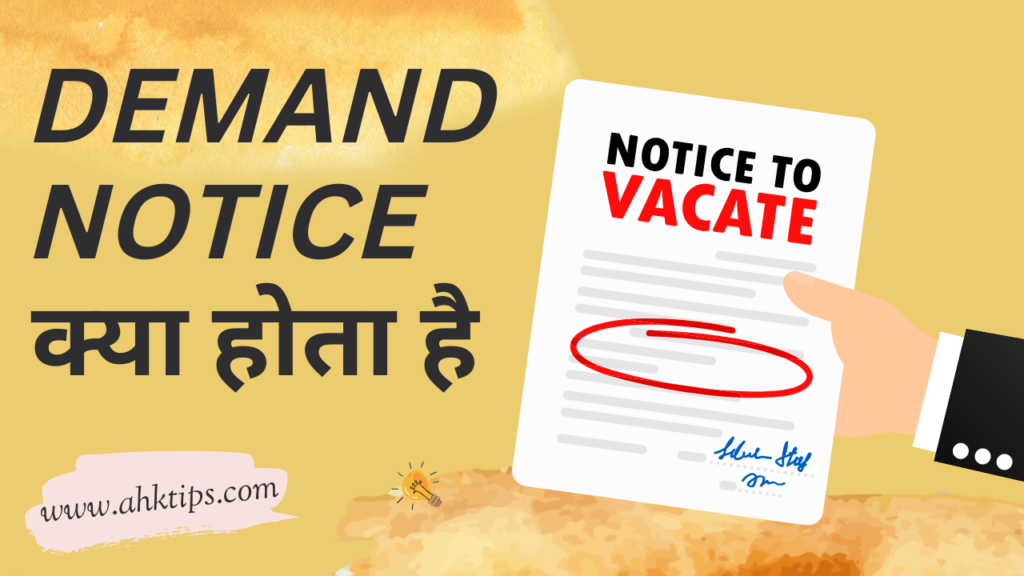Summary
Fixed Deposits (FD Rates) remain one of the safest and most secure investments in India that provide guaranteed returns for a certain time frame. If you invest ₹3.33 lakh for 5 years in a Fixed Deposit, SBI, PNB, HDFC, and ICICI, among other large banks, will provide you with different returns as per their rate of interest. At interest rates of 6.50% to 7.00% per annum, your ₹3.33 lakh can yield ₹4.59 lakh or ₹4.72 lakh, depending on the bank.
SBI and PNB, being sponsored banks, provide greater security, while HDFC and ICICI provide slightly higher returns with improved customer service. Though FDs are secure, it is always beneficial to check the stability of the bank, whether it’s a cumulative or non-cumulative FD, and tax deductions, because the interest income is subject to taxation.
You can even reduce risk by investing your FD amounts in various banks or by using an FD laddering strategy.
But, FDs are not always going to beat inflation, and the ones seeking higher returns can look towards other options such as debt mutual funds, RBI bonds, or corporate FDs. The risk in these is a little more but the returns could be higher.
Introduction
Saving for the future is highly vital. Of all the safest ways of growing your savings, one of them is through a Fixed Deposit (FD). In India, banking institutions like SBI (State Bank of India), PNB (Punjab National Bank), HDFC Bank, and ICICI Bank are the most widely used institutions to place fixed deposits. All these banks offer different interest rates on FDs, depending on the amount invested and the term you choose. Of late, there has been a lot of interest from people in what they can earn if they invest in a 5-year FD.
Fixed Deposits are considered safe as the money is locked up for a certain period and earns a pre-defined rate of interest. As opposed to shares or mutual funds, the rate of return of an FD is not dependent on the fluctuations in the market. In recent times, owing to RBI policy shifts and inflation, banks have been re-adjusting FD rates.
Let’s say a bank is giving around 7% interest per annum. Your money can grow significantly over 5 years. Applying the power of compounding, your yearly interest earned also starts earning interest, and your final maturity value increases. That’s the way an investment of ₹2 lakh grows to ₹3.33 lakh in 5 years if the interest rates are favorable. But remember, interest gained on FD is subject to tax.
Here, we are going to give you a full comparison of how much return you c+an get if you put money in a 5-year FD from SBI, PNB, HDFC, and ICICI. We are going to talk about their current interest rates, benefits, and important points you need to know before you invest.
Why Fixed Deposits?
While getting into numbers, it’s extremely important to know why FDs are so popular:
- Fixed and Guaranteed Returns: Unlike equity, the return on an FD is fixed and guaranteed.
- Least Risk: The risk of loss is minimal unless the bank is gravely financially ill.
- Variable Tenors: Between 7 days to 10 years.
- Loan Against FD: Liquidity in the form of loans or overdraft.
- Insurance Coverage: DICGC (Deposit Insurance and Credit Guarantee Corporation) covers deposits up to ₹5 lakh.
How FD Returns are Calculated?
FD returns are based on:
- Principal Amount
- Annual Rate of Interest
- Tenure (here, 5 years)
- Frequency of Compounding (quarterly, monthly, or annually)
For simplicity, let’s take the compounding period as quarterly, which is typical for the majority of Indian banks.
Maturity value can be computed as:
A = P × (1 + r/n)^(n × t)
Where:
- A = Amount of Maturity
- P = Principal Amount
- r = Interest Rate per Year
- n = Compounding period per year
- t = Time (in years)
FD Rates in 2025 (as of latest updates)
| Bank | 5-Year FD Rate (General Public) | 5-Year FD Rate (Senior Citizens) |
| SBI | 6.50% p.a. | 7.00% p.a. |
| PNB | 6.75% p.a. | 7.25% p.a. |
| HDFC Bank | 7.00% p.a. | 7.50% p.a. |
| ICICI Bank | 7.00% p.a. | 7.50% p.a. |
(Note: Rates are subject to change. Always check the latest before investing.)
₹3 Lakh FD Investment for 5 Years
Let us find the approximate value of maturity of ₹3 lakh invested for 5 years in these banks:
1. State Bank of India (SBI)
- Rate: 6.50% p.a.
- Principal: ₹3,00,000
With the help of the FD formula, the maturity value is ₹4,13,440 approximately.
Interest Earned: ₹1,13,440
Amount after 5 years = ₹4.13 lakh
2. Punjab National Bank (PNB)
- Rate: 6.75% p.a.
- Principal: ₹3,00,000
Maturity value is approximately ₹4,19,000.
Interest Earned: ₹1,19,000
Amount after 5 years = ₹4.19 lakh
3. HDFC Bank
- Rate: 7.00% p.a.
- Principal: ₹3,00,000
Maturity amount is roughly ₹4,24,400.
Interest Earned: ₹1,24,400
Total in 5 years = ₹4.24 lakh
4. ICICI Bank
- Rate: 7.00% p.a.
- Principal: ₹3,00,000
Maturity amount is roughly ₹4,24,400.
Interest Earned: ₹1,24,400
Total in 5 years = ₹4.24 lakh
Key Points to Remember
Tax on FD Returns
Interest on FDs is considered “Income from Other Sources.”
Premature Withdrawal Charges
If you withdraw your FD before the time, banks will charge a penalty (0.5%-1% reduced rate of
interest).
Auto-Renewal Features
Banks renew lapsed FDs automatically at going rates unless otherwise instructed.
Diversification
Invest in FDs in more than one bank for greater security and higher returns.
Which Bank FD To Invest In?
- If you are cautious and willing to compromise on returns, SBI is a good bet with government backing.
- In the event you want a bit better returns, HDFC Bank and ICICI Bank offer marginally better rates with immense financial muscle.
- PNB takes the middle road — offering better rates than SBI, but being a PSU bank, it enjoys government trust.
How Safe Are Your Fixed Deposits?
- Deposit Insurance: DICGC insures your deposit of ₹5 lakh or below (interest + principal).
- Bank Ratings: Select a bank with a high credit rating (CRISIL, ICRA) to reduce the risk.
Public vs Private Banks:
- Public banks (such as SBI, PNB) are safer because they are owned by the government.
- Private banks (say HDFC, ICICI) provide better service and marginally better interest rates but also very robust balance sheets.
Note: Do not invest more than ₹5 lakh in one FD if you are very risk-averse. Divide between banks.
Taxing Rules on FD Returns
- Interest Income: Wholly taxable as “Income from Other Sources.”
TDS Deduction:
- If you are in lower tax brackets, submit Form 15G/15H to be exempt from TDS.
Tip: Even though TDS may not be deducted, you have to report FD interest in your Income Tax Return (ITR).
Smart Tips to Earn the Highest FD Returns
This is how you can earn higher returns on FDs:
- Ladder Your FDs:
- Split ₹3.33 lakh into small deposits with different maturity dates.
- Aids in cash flow management and reinvestment at higher future rates.
- Select Quarterly or Monthly Interest Payments (if needed):
- Appropriate for retirees or those who need regular income.
- Compare Across Banks:
- Smaller private banks or NBFCs can sometimes offer up to 1-1.5% higher rates (but with slightly higher risk).
4. Avoid Premature Withdrawals:
- Premature withdrawal of FDs attracts charges. Make provisions for liquidity needs accordingly.
5. Tax Saving FDs:
- Invest in 5-year tax-saving FDs under Section 80C if you are eligible for tax relief.
Conclusion
Fixed Deposits have been one of the most trustworthy vehicles for Indians to save and grow their money safely for years. If you invest ₹3.33 lakh today in an FD (FD Rates) with SBI, PNB, HDFC, or ICICI for 5 years, you can get a decent and guaranteed return. Based on the current prevailing interest rates, your funds could increase up to ₹4.72 lakh in five years — i.e., an interest of around ₹1.39 lakh.
The best part of FDs is the safety that they offer. While with shares or mutual funds, the profits depend upon the movement of the market, with FDs you have an idea very well what you would be earning at the end of the time. This is why they are a perfect choice for people who wish to be stress-free, save money regularly, and earn a definite appreciation of their hard work.
But yes, FDs are secure, but you must also be smart. Being on the right bank, checking current rates of interest, tax planning, and avoiding premature withdrawals can go a long way toward your return on investment. In the case of old citizens, FDs provide even better returns with special rates, and thus, it is a perfect vehicle for post-retirement income.
Frequently Asked Questions (FAQ’s)
Ans: If you put ₹3.33 lakh in an FD (FD Rates) at a mean rate of about 7% per annum, your maturity amount after 5 years can be around ₹4.72 lakh. The value will depend on the bank’s prevailing FD rates and the compounding period (quarterly, half-yearly, or annually).
Ans: HDFC Bank and ICICI Bank are currently offering marginally better rates for a 5-year FD (about 7%) than SBI and PNB. But both SBI and PNB offer the guarantee of being government-backed. If you wish for higher interest and quality service, HDFC and ICICI are good options; if you wish for maximum guarantee, SBI and PNB are good options.
Ans: Yes, bank FDs are very secure. Further, deposits of up to ₹5 lakh (interest and principal) are guaranteed by DICGC (Deposit Insurance and Credit Guarantee Corporation). However, having your money diversified in various banks if you maintain high deposits, is secure for added protection.
Ans: Yes, interest received on FDs is taxed as “Income from Other Sources” as per the Income Tax Act. You will also have to mention all your FD interests while filing your Income Tax Return (ITR).
Ans: Yes, it’s possible to withdraw your FD earlier than the term, but a small penalty is normally incurred by banks for withdrawing money beforehand (such as dropping your rate by 0.5–1%). Thus, organize your finances quite in advance to block your funds for 5 years.

